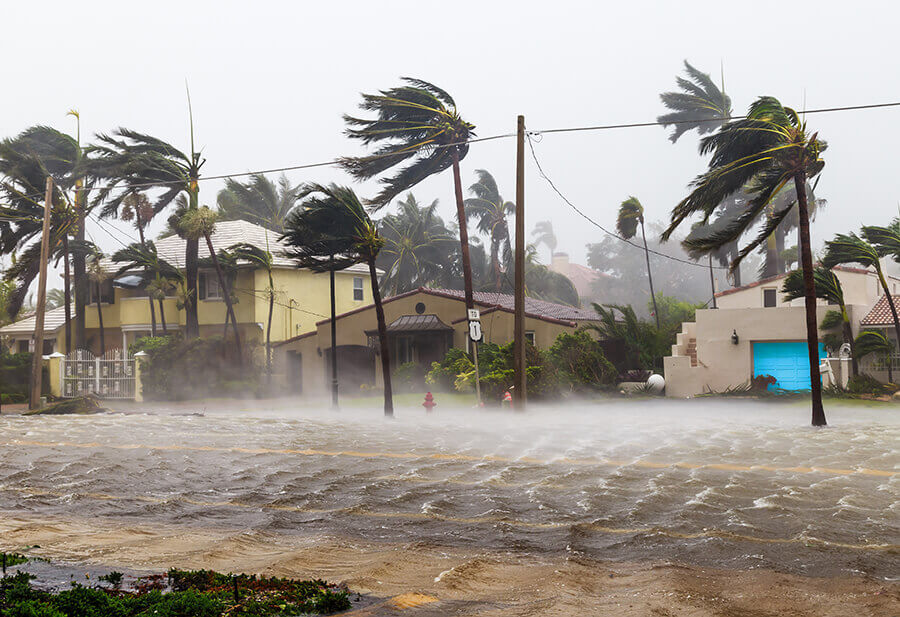This article will explore the topic of survival in extreme conditions and natural disasters. It will examine the different types of extreme conditions and natural disasters that individuals may encounter, and provide advice and guidance on how to prepare for and survive these situations.
Whether it is a hurricane, earthquake, blizzard, or another natural disaster, extreme conditions can be incredibly dangerous and life-threatening. Surviving in these situations requires not just physical strength and endurance, but also mental fortitude and a set of specialized skills and techniques. In this article, we will explore the topic of survival in extreme conditions and natural disasters, and provide practical advice and guidance on how to prepare for and survive these situations.
Understanding Extreme Conditions and Natural Disasters

Extreme conditions can take many forms, ranging from extreme cold to extreme heat, high altitude, and extreme environments such as deserts or rainforests. Surviving in these conditions requires specialized knowledge and techniques, such as how to maintain body temperature, find shelter, and navigate through unfamiliar terrain. Natural disasters, such as hurricanes, earthquakes, and wildfires, present their own unique challenges, such as preparing for and surviving intense winds and flooding, or safely evacuating from danger zones.
Preparation and Planning
Preparation and planning are key to surviving extreme conditions and natural disasters. This can involve everything from creating an emergency plan and stocking up on supplies to learning specialized skills such as first aid, wilderness survival, and self-defense. By preparing in advance, individuals can increase their chances of surviving even the most challenging of situations.
Staying Calm and Focused
In any survival situation, it is critical to remain calm and focused, even in the face of extreme stress and danger. Panic and anxiety can be debilitating, and can prevent individuals from making sound decisions and taking the necessary actions to survive. By practicing relaxation techniques, such as deep breathing or meditation, and maintaining a positive mindset, individuals can better manage stress and maintain their focus and clarity of thought.
Finding Shelter and Resources
Finding shelter and resources is critical to surviving extreme conditions and natural disasters. This can involve everything from building a shelter from natural materials to finding sources of food and water in the wild. In the aftermath of a natural disaster, it may also involve seeking out emergency shelters, supplies, and medical assistance from relief organizations.
Navigating and Orienting
Navigating and orienting oneself in unfamiliar or dangerous terrain is another key aspect of survival. This can involve using navigational tools such as maps and compasses, or relying on natural signs such as the position of the sun or stars. By developing these skills in advance, individuals can better navigate their way through dangerous situations and find their way to safety.
First Aid and Medical Assistance
Injuries and illnesses can be life-threatening in extreme conditions and natural disasters, and it is important to have knowledge of first aid and medical assistance. This can involve everything from treating cuts and bruises to diagnosing and treating more serious conditions such as hypothermia or dehydration. It is also important to have a basic understanding of medical supplies and medications and to know how to administer them safely and effectively.
Finding Support and Community

Finding support and community is another critical aspect of surviving extreme conditions and natural disasters. This can involve seeking out help from family, friends, or neighbors, or reaching out to local relief organizations or emergency services. By building strong relationships and connections in advance, individuals can better weather the storms of life and find the strength and support they need to survive even the most challenging of situations.
Conclusion
Surviving in extreme conditions and natural disasters requires not just physical strength and endurance, but also mental fortitude and a set of specialized skills and techniques. By understanding the challenges and risks associated with these situations, and by taking steps to prepare and plan in advance, individuals can increase their chances of survival.
By staying calm and focused, finding shelter and resources, navigating and orienting, providing first aid and medical assistance, and finding support and community, individuals can not only survive but thrive in the face of adversity.
It is important to remember that survival in extreme conditions and natural disasters is not a matter of luck or chance, but rather the result of careful planning, preparation, and execution. By taking the time to learn and practice the necessary skills and techniques, and by staying informed and up-to-date on the latest developments in survival science and technology, individuals can become better equipped to handle the challenges and dangers of life.
In the end, surviving in extreme conditions and natural disasters is a testament to the resilience and strength of the human spirit. It is a reminder that even in the darkest of times, we are capable of rising to the occasion and finding the courage and fortitude to overcome any obstacle.
By embracing the challenges of survival, and by cultivating a mindset of resilience and determination, we can not only survive but thrive in the face of adversity, and emerge stronger and more capable than ever before.




